The wealth of spices: Why saffron, vanilla and other delicacies cost so much!
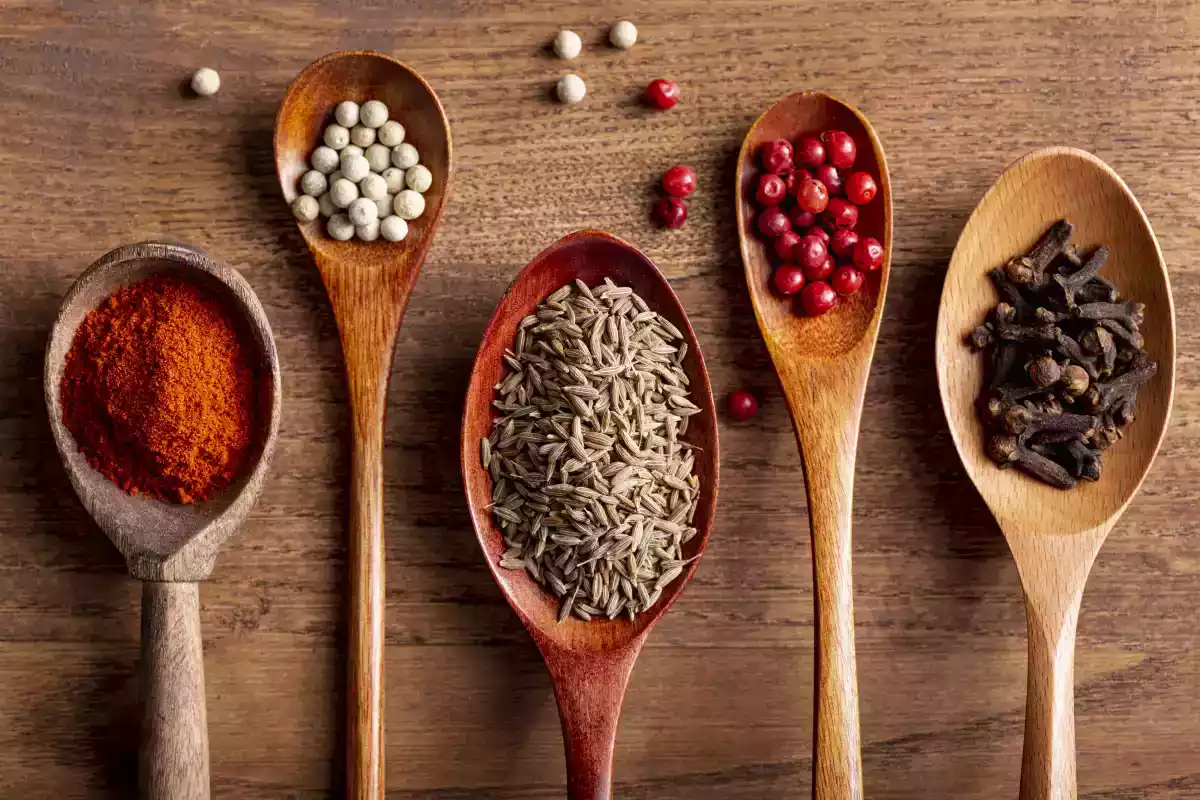
Spices play a special role in cooking, capable of transforming dishes and enhancing flavors. Many of these delicacies are so rare and delicate that their price reaches high figures, making them true gems of gastronomy. In this article, we explore some of the world's most expensive spices, their origins, characteristics and why they are so expensive.
1. Saffron: the "red gold"
Saffron is undoubtedly the most expensive spice in the world. Extracted from the stigmas of the Crocus sativus flower, saffron requires a meticulous and intensive harvesting process, as each flower produces only three filaments. To obtain one kilo of dried saffron, around 150,000 flowers are needed, which are harvested by hand. In addition to the low productivity, saffron cultivation is delicate and requires a specific climate, which makes it even rarer and more valuable. Saffron is famous for its slightly bitter taste and intense yellow color, and is widely used in Mediterranean cuisine, Italian risotto and traditional Middle Eastern dishes. In some regions, the value of saffron can exceed US$5,000 per kilo.
2. Vanilla: The delicate orchid of the tropics
Vanilla is another expensive spice, derived from the pod of the Vanilla planifolia orchid. Originally from Mexico and grown mainly in Madagascar, Indonesia and other tropical regions, vanilla is prized for its sweet taste and complex aroma. The cultivation process is time-consuming and involves hand-pollination of the flowers, which only bloom for a short period each year. After harvesting, the pods need to go through a drying and curing process that can last several months. High-quality vanilla, such as Madagascar vanilla, can fetch prices of up to US$600 per kilo and is used in both confectionery and perfumery.
3. Cardamom: The green treasure of the Orient
Considered one of the most expensive spices in the world, cardamom is widely used in Indian cuisine, Arabic coffee and even Scandinavian dishes. This spice comes from the seed of the Elettaria cardamomum plant, native to southern India and parts of Southeast Asia. Cardamom has an intense and slightly spicy flavor, with citrus and floral notes, and is indispensable in dishes such as chai masala and curry. Its high price - which can reach US$30 per kilo - is due to the intensive work required to harvest it and the fact that it is highly perishable.
4. Cloves: The valuable dried flower
Cloves are a popular spice, but when they are of high quality and harvested by hand, they can reach high values. Originally from the Moluccas Islands in Indonesia, cloves are used in both cooking and traditional medicine. The spice is harvested before the flowers bloom and then dried in the sun. The aroma of cloves is sweet and spicy, with a hint of bitterness, and they are often used in sweets, teas and meats. The price can vary between US$10 and US$20 per kilo, depending on its origin and quality.
5. Ceylon cinnamon: The real cinnamon
Cinnamon is a common spice, but the variety known as Ceylon cinnamon, or green cinnamon, is especially valuable. Originally from Sri Lanka, this cinnamon has a milder, less bitter taste than cassia and is also more difficult to cultivate. Ceylon cinnamon is produced from the inner bark of the Cinnamomum verum tree trunk, which requires careful extraction techniques. Widely used in desserts and refined dishes, Ceylon cinnamon can cost up to US$50 per kilo and is considered a symbol of quality and purity in gastronomy.
6. Timut pepper: Nepal's exotic citrus flavor
Timut pepper, also known as Sichuan pepper from Nepal, is a rare spice with a unique flavor. Although it is called "pepper", it does not belong to the same family as conventional peppers. This spice has a spicy flavor, with a citrus note similar to lemon. It is widely used in Asian cuisine, especially in dishes that want to add a citrus and exotic touch. Its high price, around US$60 per kilo, is due to its limited cultivation in remote areas of Nepal, as well as high demand.
Why are these spices so expensive?
Several factors contribute to the high price of these spices. The first is the complexity of cultivation and harvesting, which often requires manual labor and specific climatic conditions. Another factor is low productivity; some of these plants produce small quantities of spices, as in the case of saffron. In addition, global demand is high, driven by the use of these spices in cooking, perfumery and even traditional medicinal treatments.
The appreciation of spices on the global market
With the growing appreciation of gourmet cuisine and the search for high-quality ingredients, the market for exotic spices is on the rise. Spices are seen not just as seasonings, but as symbols of sophistication, history and culture. Whether to create refined dishes or to explore rare flavors, these expensive spices offer a unique sensory experience and take gastronomy to new heights.
These culinary gems, cultivated and harvested with dedication, are a reminder of the wealth of flavors and aromas that nature offers us - and the price we often pay to access these experiences.
Read more
 Mirella Mendonça
Mirella Mendonça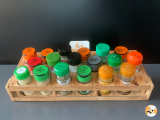
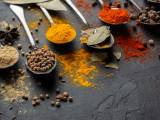
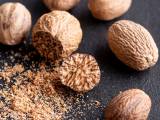
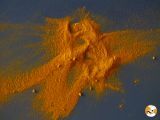
Comments